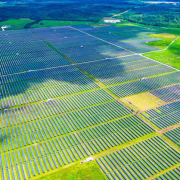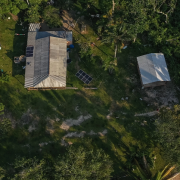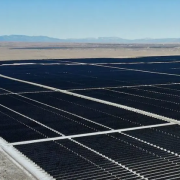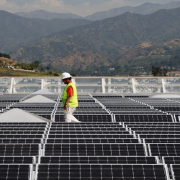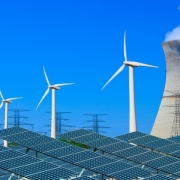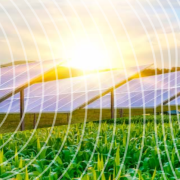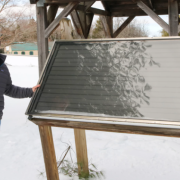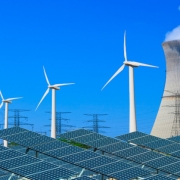Sometime in May of this year, those cowboys in Texas are expected to have officially added more utility-scale solar to their electric grid than the hippies in California have added to theirs, ending the Golden State’s perennial lead in this contest.
At the start of 2023, California was ahead of Texas by about 1,000 megawatts. Texas had 14,806 megawatts of utility-scale solar capacity as of December 2022, according to state grid operator ERCOT, while California had 15,967 megawatts as of January 5, 2023, according to state grid operator CAISO.
But Texas is simply building solar faster than any other state. It essentially doubled its capacity from 2019 to 2020 and again from 2020 to 2021, according to the Solar Energy Industries Association. The pace of Texas’ capacity additions in the last few years is making California look uncommitted to this whole renewables thing.
Click here to read the full article
Source: Canary Media
—
If you have any questions or thoughts about the topic, feel free to contact us here or leave a comment below.

